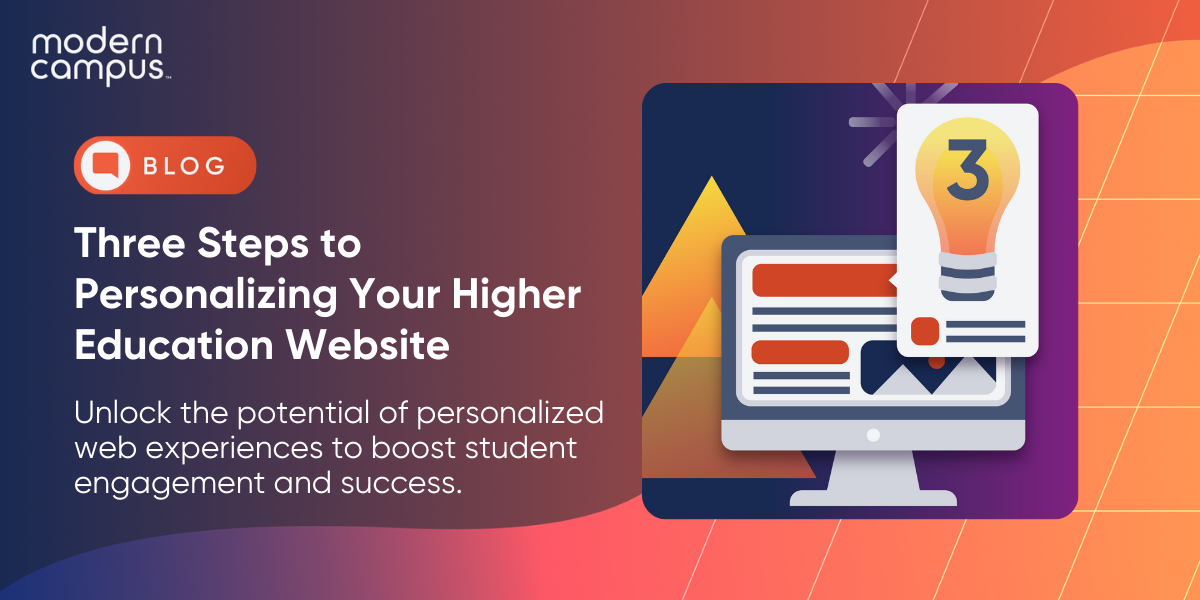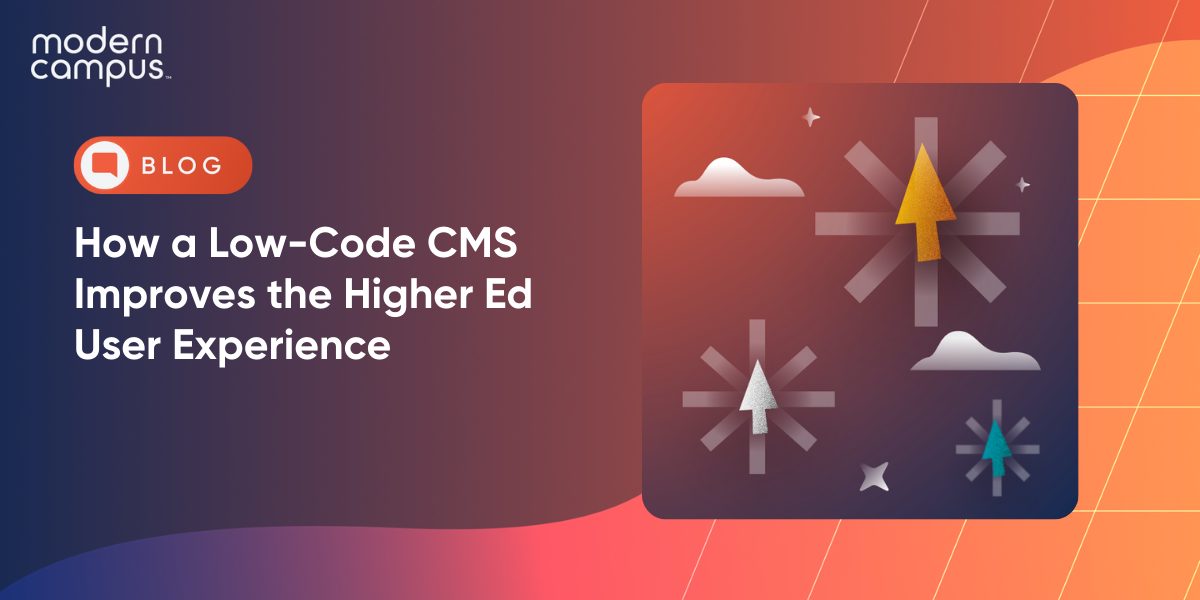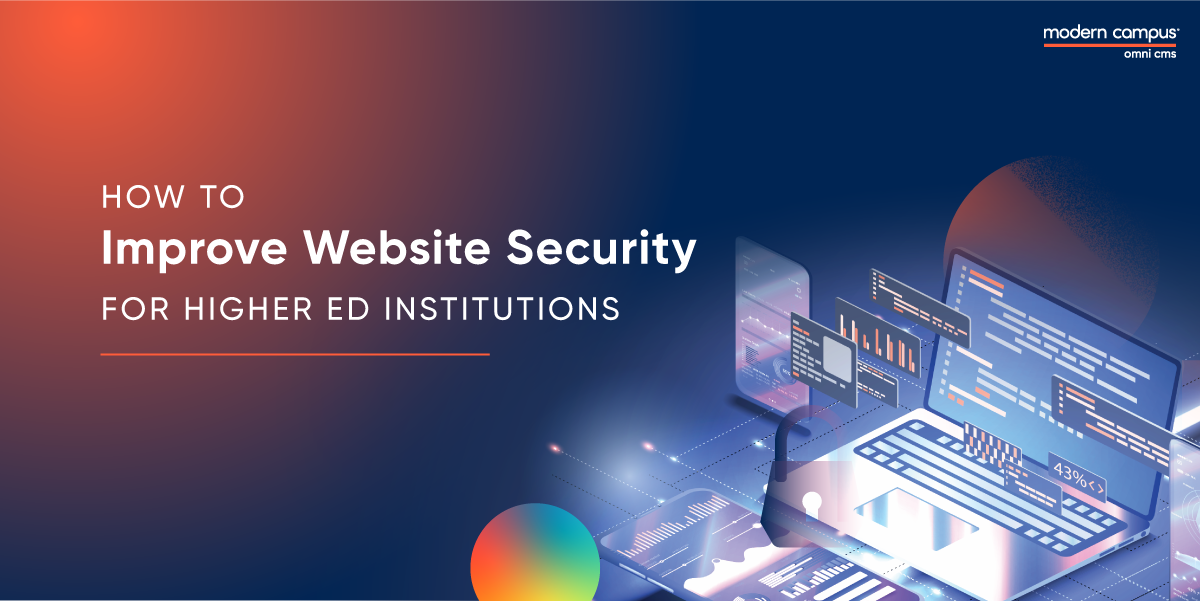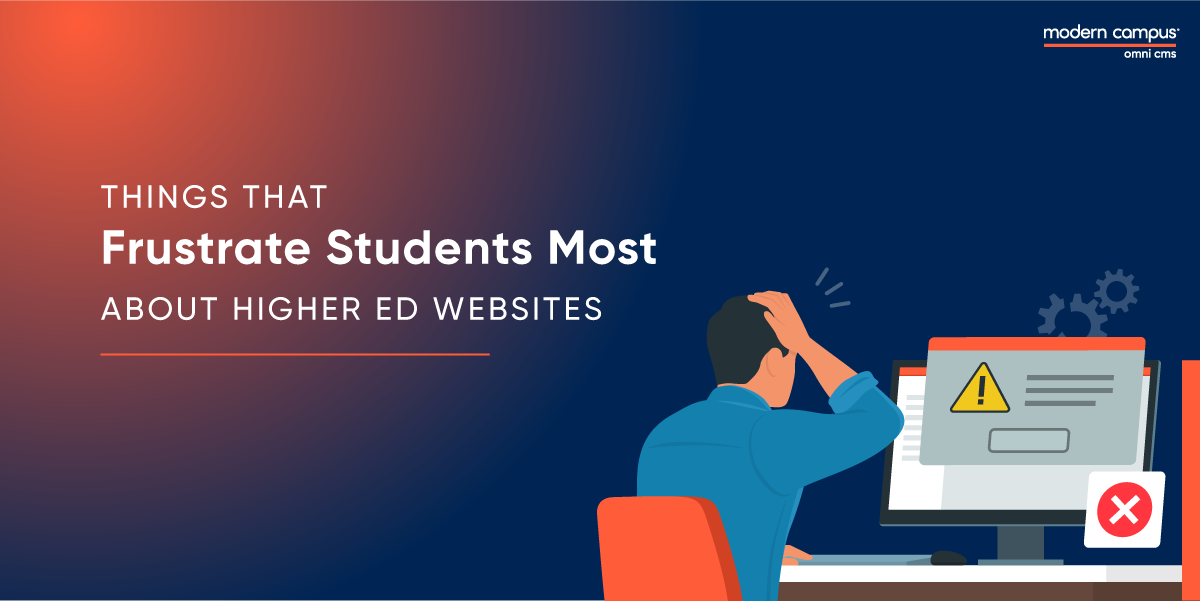Three Steps to Personalizing Your Higher Education Website
“When somebody comes to our website and fills out an RFI form, they’re expecting the Amazon experience, not the higher ed experience,” says Eric Hazen, Director of Digital Marketing at Ferris State University.
Gen Z is tech-savvy. Having been raised on gadgets and spoiled by the likes of Amazon and Netflix, they expect to see relevant and personalized content on higher ed websites as well. They want to feel higher education institutions understand and care about their needs and preferences.
Therefore, delivering personalized experiences to their students is no longer a nice-to-have for colleges and universities; it’s a must-have.
“You don’t really get to keep your students without personalization … Students are so used to a really streamlined easy experience with everything. You can’t live on your laurels anymore. It doesn't matter how good your institution’s reputation is, there is a level of expectation that students have, that if you don’t provide it, you’re going to hear it. You’re going to hear it on every social media platform. It gets out there,” says Raj Vaswani, Strategic Technology Implementation & Integration Manager, Queensborough Community College
However, many higher ed institutions don’t personalize their websites because of several myths about personalization. And the institutions that start with personalization chalk out an overwhelming strategy, which they often struggle to implement.
In a previous blog post, we debunked several common personalization myths. Here, we’re discussing how to keep your personalization strategy manageable and practical.
Strategy: Starting with Personalization
Keep personalization manageable. Start small and then scale.
Personalization does not mean you need to deliver a unique content variation for every site visitor. Therefore, you do not need an elaborated strategy.
Like every major project, personalization starts with baby steps. You can start small by showing personalized home page banners to in-state and out-of-state students. From there, you can scale by identifying more segments of your target audience and adding personalized content sections.
Phase I – Segmentation
The first step is understanding your audience and their needs well. More specifically, to identify your target personas – who they are, where they come from and what they come looking for.
One way to segment them, as stated above, is by-state vs out-of-state students. From there, going a little bit deeper, you might look at the difference between first-time first-year students, adult learners and transfer students. You might also pull in online students or military veterans and families.
The deeper you dive, the more you learn about what differentiates your potential students and what engages them best.
Eric Hazen considers this the most important stage in the personalization strategy. He says, “We’ve done research, conducted focus groups, gotten to know them well enough to personalize content that makes sense to them.”
Emphasizing the importance of understanding and segmenting the target audience, Hazen says, “If you don’t know your audience, personalization is going to do you zero good. So, invest in that research.”
Phase II – Content Mapping
Once you’ve identified and segmented your target personas, the next step is to map the content you want to show them or the stories you want to tell them.
The goal of personalization is to capture your website visitors’ attention quickly, confirm that you know how to serve their market type, even if they can't articulate that. And then drive them through that personalized content through the calls to action — by mapping the right content to the right persona.
For example, you can make a list of the most important information that international and out-of-state students want to know about your college. This includes tuition discounts and merit aid, information and experiences from current out-of-state and international students already at the college, and information about housing and residence halls.
According to Stephanie Geyer, Director of Digital Strategy and Innovation at University of Montana, this is the most important part of the personalization strategy. “Matching up the right story with the right website user is a key component of this strategy,” she says.
Phase III – Technology Evaluation
Technology is crucial to implementing your strategy. Therefore, technology evaluation makes an important step in your personalization strategy. Investing in a strategy without evaluating the feasibility of implementing it is impractical.
Evaluating technology right when you are chalking out your strategy will help you ensure the smooth execution of your plan. Platforms that are purpose built for higher ed institutions make it easy for you to implement your strategy.
While evaluating personalization tools, you want to consider two things:
1. What is the level of expertise required to use the technology?
2. How long will it take for you to implement it and start seeing the results?
Pro tip: Learn from your peers. Look at how other institutions are doing it, what technologies they are leveraging and what results they are witnessing. Moreover, reputed technology vendors who have experience working with leading institutions will also help you further improve your strategy.
Want to learn how Ferris State University did it? Read their success story.
Hazen says, “I think personalization has so much potential to take those complex processes that students have to go through and break them down. You can see that they completed this step. Now they're going to the next step, so let's present it to them in the CTA.”
Hazen personalized the Ferris State University website and saw astonishing results; FSU increased website clickthrough by 2800% using personalization. To understand how Hazen and his small team debunked all these myths and achieved this remarkable feat in just five months, read the complete case study.
Ferris State University Increased Website Clickthrough by 2800% Using Personalization
How a top-ranked national university leverages the Modern Campus CMS and Instinct™ to convert more students
Website Design & Personalization
Last updated: December 1, 2022



